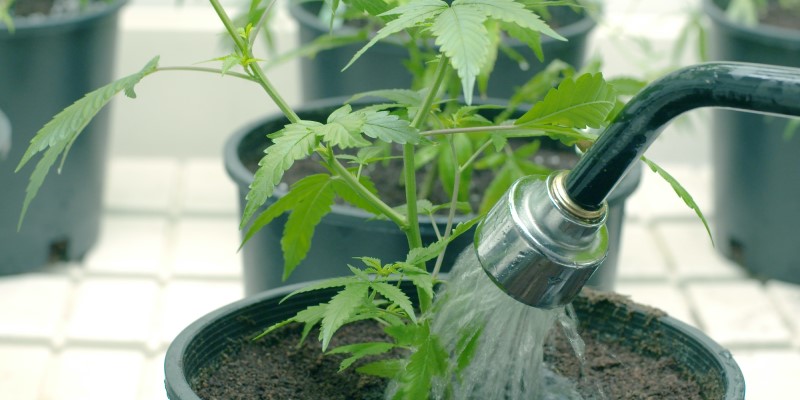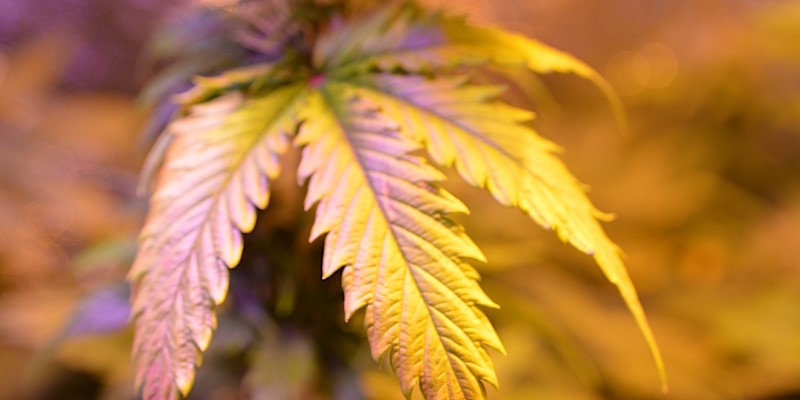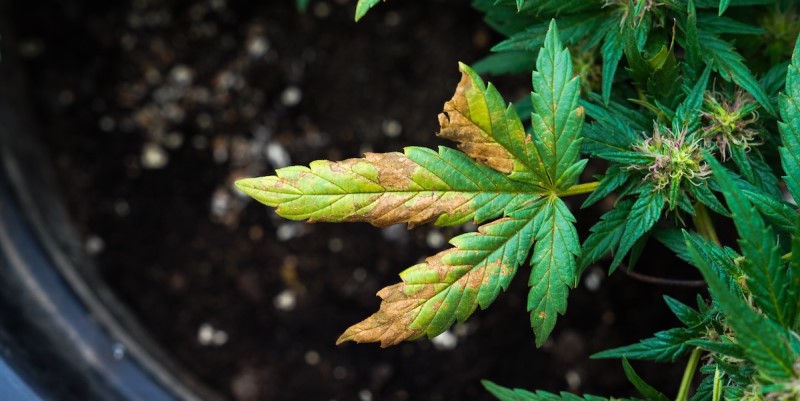
When, how and why to wash roots
In the world of self-cultivation, there seems to be a debate on cannabis root washing. Opponents believe that doing so before harvest will deprive roots of vital nutrients. On the other side of the divide,…
Iberian Peninsula express shipping
0€ Orders over 60€
*6€ orders under 59€
East, West, South Europe express shipping
0€ Orders over 150€
*18€ orders under 149€
North Europe express shipping
0€ Orders over 160€
*20€ orders under 159€
Ireland, Norway, UK normal shipping
0€ Orders over 60€
*6€ orders under 59€
Rest of the world normal shipping
0€ Orders over 180€
*25€ orders under 179€
Shipping costs can be confirmed in your shopping cart.
For additional shipping methods, please reach out through info@kannabia.com.


*Website protected by SSL.
**Not available in all regions.
*Your coupon will be sent via email.
*Should you have any question, comment or feedback, please do not hesitate to contact us.

The appearance of yellow leaves on your cannabis plants can be the first sign of a serious problem. However, not everything is lost if you know how to react quickly and appropriately. In this article we explain how to detect the causes of this symptom as quickly as possible, and how to act fast so that your plants recover all their splendour.
The process which turns the leaves yellow is called ‘chlorosis’, and it occurs when chlorophyll is not properly produced by the plants. Chlorophyll is a green pigment that provides plants with their characteristic colour. It is an essential element for plants to carry out photosynthesis, produce food from light, and keep healthy. Therefore, the more chlorophyll the plants lose, the less food they can produce.
Although the yellowing of the leaves represents a natural process in the last stages of flowering, chlorosis is a warning signal in any other case. Since it can happen for various reasons, proper diagnosis is essential to identify or discard the most common causes.
The most common causes of chlorosis may be connected to human error (for instance, nutrient deficiency), and can usually be identified, fixed, and prevented relatively easily.
On other occasions, the origin of the yellowing of the leaves may be related to an environmental factor. Controlling this in indoor grows is much easier than outdoors, where it can become a real challenge.
Here are all the possible causes of chlorosis so you can identify the one that may be affecting your grow:
Maintaining the correct pH levels of the irrigation water is essential in cannabis growing. This should range between 5.5 and 7 (depending on the type of grow and the phase of the cycle).
It may seem obvious, but it’s really important to remember to measure the pH levels before each watering session; especially if you’re using certain growing mediums like coco coir, because any error in this regard would be paid dearly. If the pH levels are too high or too low, they can prevent the plants from absorbing nutrients, leading to the appearance of yellow leaves. When this happens, flushing the roots with the right pH levels is highly recommended before resuming the use of fertilisers.
The amount and type of nutrients that you should give your cannabis plants varies according to the stage that they’re at. The appearance of yellow leaves in your grow could be a sign of inadequate fertilisation:

Watering your cannabis plants properly is essential. The amount of nutrient solution that you need to use will vary according to the type of substrate, the environmental conditions, the size of the plants, and their stage of life. The appearance of yellow leaves may signify that you’re not watering your grow correctly:
Indoor growing requires a uniform distribution of the light, always keeping the right distance between the plants and the lamps:
In both cases, you’ll need to reestablish and maintain the right distance from the lamps, as well as to ensure a good distribution of the plants within your grow tent or grow room. You should also use pruning or training techniques to increase the lighting under the canopy so that the lower leaves get more light.
There are numerous pests that can affect cannabis plants by directly attacking their leaves, or even their roots, thereby causing chlorosis.
The right temperature for the development of cannabis plants ranges from a minimum of 18ºC at night to 28ºC during the day. The plants’ vital functions may become blocked in colder or warmer climates, which would facilitate the appearance of yellow leaves. Given this situation, you must monitor the ambient temperature indoors, and try to protect your outdoor grow in extreme temperatures.
Yellow leaves aren’t always a warning sign. On the contrary, they represent a natural process that occurs during the final stages of flowering, when the plant concentrates its last ounce of energy on the flowers, whilst gradually stopping absorbing nutrients and carrying out photosynthesis in the leaves. In fact, when this doesn’t occur, it is usually a sign that the plants still contain residual nutrients, which can affect the crop quality negatively in terms of aroma and flavour.
As you can see, knowledge is the best tool for a cannabis grower. Now that you know the possible causes of the appearance of yellow leaves, you’re better prepared to prevent it from happening. With the right care and attention, especially when detected in the first stages of growth, the yellow leaves on cannabis plants won’t necessarily have a negative effect on your grow. In fact, they can also prepare you for an even bigger harvest!
Kannabia Seeds Company sells to its customers a product collection, a souvenir. We cannot and we shall not give growing advice since our product is not intended for this purpose.
Kannabia accept no responsibility for any illegal use made by third parties of information published. The cultivation of cannabis for personal consumption is an activity subject to legal restrictions that vary from state to state. We recommend consultation of the legislation in force in your country of residence to avoid participation in any illegal activity.